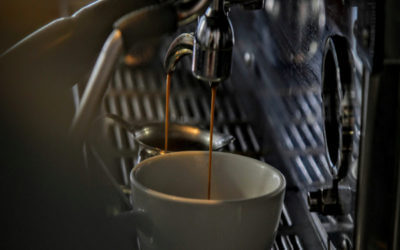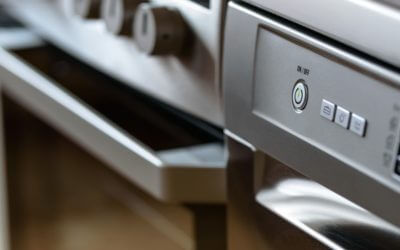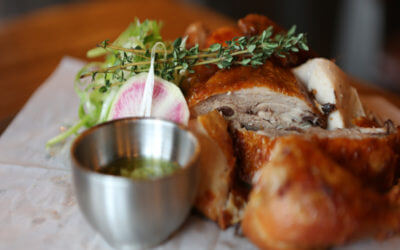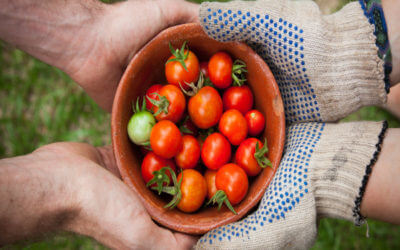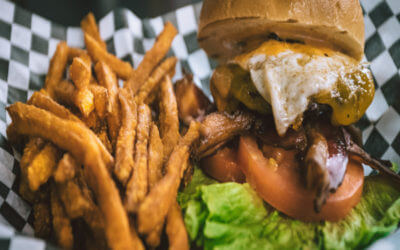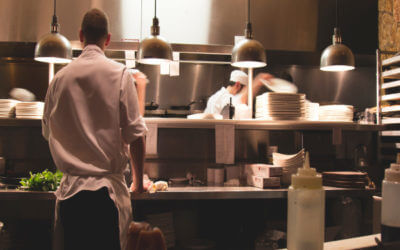Beer Chilling Systems: Which Type Is Right for My Restaurant?
March 24, 2018A refrigeration unit is integral to the functioning of any restaurant.
Beers are best served cold – there’s no questioning that! But which beer chilling system is the best? From reach-in coolers to glycol chillers, a beer chilling system is an important piece of restaurant equipment that completes your commercial kitchen, ensuring a positive experience for your customers. Thus, it must be selected carefully.
The right restaurant equipment is a must if you are to set up your commercial kitchen successfully. Before buying a refrigeration unit, consider your available space. Consideration also has to be given to your restaurant concept and style. We’ll dive into two major beer chilling restaurant equipment options to help you decide.
Reach-in Freezers and Coolers
A reach-in cooler can be carefully placed in the bar area of your restaurant. This restaurant equipment is usually low to the ground, and can be set to just the right temperature for your beer. Staff will have to reach into the freezer or coolers to retrieve the beer. Such restaurant equipment is best designed for storing bottled beers. Still, there are a few factors that must be considered before making the purchase for your commercial kitchen.
Size and Position: One of your most important considerations when buying a reach-in freezer or cooler is its size. The refrigerator will likely be positioned in the bar area of your restaurant. However, you want to ensure that this restaurant equipment is easily accessible and that the size is just right for its location.
Style: There are different styles and types of reach-in coolers. While some consist of a refrigeration unit and a freezer unit, you will likely need this restaurant equipment to be all refrigeration and no freezer. The door style – transparent or opaque – should also be considered.
Glycol Chillers
This restaurant equipment keeps the beer cold from the store room to the tap, allowing your customers to enjoy fresh, cold beer without opening a bottle.
Glycol chillers are essentially refrigerators that function in a draft system. This will require a cooler, kegs, pressure gas, tubing, and a faucet for direct serving. This restaurant equipment allows you enjoy reliable control over the temperature of the beer running out the faucet. A walk-in cooler houses all beer kegs.
With the right amount of gas pressure (usually a bottled combination of carbon dioxide and nitrogen), the gas is forced out of the keg through the tube and out through the faucet. Although this process might seem straightforward, there are certain considerations to be made when employing this restaurant equipment.
Pressure: The location of your walk-in freezer and tubing will impose some resistance against the free flow of beer. You must ensure that the right amount of gas pressure is applied to see the beer through to the faucet.
Carbonation and Temperature: How carbonated is the beer in the keg? The kind of beer you are selling and the temperature of your keg will have a major impact on the kind of gas combination needed to push it through. You want to be careful not to overly carbonate the beer; it could get too foamy or go super flat.
Your choice of restaurant equipment must be made with due consideration to the style and ambience of your restaurant and bar. Ultimately, you want to ensure that your chilling system leaves your customers feeling refreshed and satisfied. With the right amount of care and consideration, your restaurant equipment can sate their thirst for the perfect, cold beer.
5 Things Every Restaurant Owner Should Do Before Buying Used Kitchen Equipment
Equipping your restaurant properly can cost a lot of money, so buying used kitchen equipment is the go-to choice for many restaurateurs. Buying used kitchen equipment for a restaurant is a bit different than buying used equipment for your home, however. You will...
Top Restaurant Technology Trends in 2018
When looking to buy restaurant supplies, you want to be on the leading edge of technology trends. This will keep your kitchen running smoothly. Let’s take a look at some of the most recent trends in restaurant supplies technology. 1. New Payment Options Who would...
5 Different Ice Shapes and Why You Should Care About Them
Ice makers are very popular in the restaurant and foodservice community because they eliminate the need to buy ice every day. And of course, adding an ice maker to your collection of foodservice equipment means you will always have ice on hand when you need it. An...
Pulping and Grinding: A Starter’s Guide to Reducing Commercial Food Waste Costs
For most restaurant owners and managers, the expenses involved in making meals are always under careful consideration. Water is needed to prepare, cook and wash food; power is necessary for food prep, cooking and cooling, and so on. However, how many of us consider...
Choosing the Right Milk Cooler: Cold Wall or Forced Air?
In a restaurant, milk is an essential to have on hand for coffee and other café-style beverages, for serving with kids’ meals, and as a key ingredient in many recipes. Keeping your milk properly chilled can be difficult without the proper restaurant equipment....
How to Choose Your Next Commercial Meat Smoker
The movies that connect with us on a personal level are the ones that linger in our memories forever. Anyone who has used a commercial meat smoker knows that they have a huge influence on the taste of a meal. You need to have just the right kitchen equipment to get a...
Are High Speed Ovens Too Good to be True?
You might have heard a few of the bold claims that foodservice equipment manufacturers have been making about high speed ovens, but they can’t be possible, right? Cooking three times as faster as regular ovens? Five times as fast? Fifteen times as fast? It may seem...
Choosing the Right Food Storage Containers for Your Restaurant
Choosing the right kitchen supplies will make a difference in your restaurant. Whether it is heavy duty kitchen equipment or food storage containers, each piece of equipment plays its own important role. Today, we are going to talk about how to choose the right food...
Tipton’s Guide to Perfect Poultry Trussing
Do you ever truss birds in your commercial kitchen? Trussing is a fantastic cooking technique because it makes poultry cook faster, look more attractive and taste better. If your commercial kitchen prepares poultry, you don’t want to miss these trussing tips. Trussing...
How to Eliminate Excess Condensation in Your Kitchen
Is your commercial kitchen getting steamy? If so, you could have more than just an uncomfortable working environment on your hands. Excess moisture in your commercial kitchen can result in the corrosion of equipment, the development of mold, and even damage to your...
The DIY Guide to Your Restaurant’s Own Garden
Stocking your restaurant supply with your own home-grown herbs and produce can truly bring your dishes to life. When it comes to food, everyone knows there’s nothing like homemade and home-grown. Having your own culinary garden, however large or small, can help you...
5 Reasons a Meat Grinder Will Set Your Burgers Apart
The more you do to prepare your foods in-house with the right kitchen equipment, the fresher and more flavorful your dishes become. There are all sorts of restaurants offering fast-food style burgers, but some diners are looking for the real deal. A fresh, juicy...
Pest Preventions to Implement in Your Commercial Kitchen
Restaurant pests: it’s something that few people want to think about. Like it or not, pest management is an essential consideration for every commercial kitchen. Offering food, shelter and water, the unprepared commercial kitchen naturally provides everything pests...
Choosing the Right Material for Your Cooking Equipment
Kitchens are very unique to their chef. Just like a car mechanic has a toolbox unique to them, so is the cooking equipment in a kitchen. And over time, the same cooking equipment become a natural extension of the chef. What tools are you using in your kitchen? It...
Kitchen Hacks for Your Home
Some people are naturally good at certain skills. We all know someone who is naturally book smart, athletic, or musically inclined. What makes you jealous of them is how easy they make tasks seem compared to you. One skill might be cooking. Your dream may not be...

